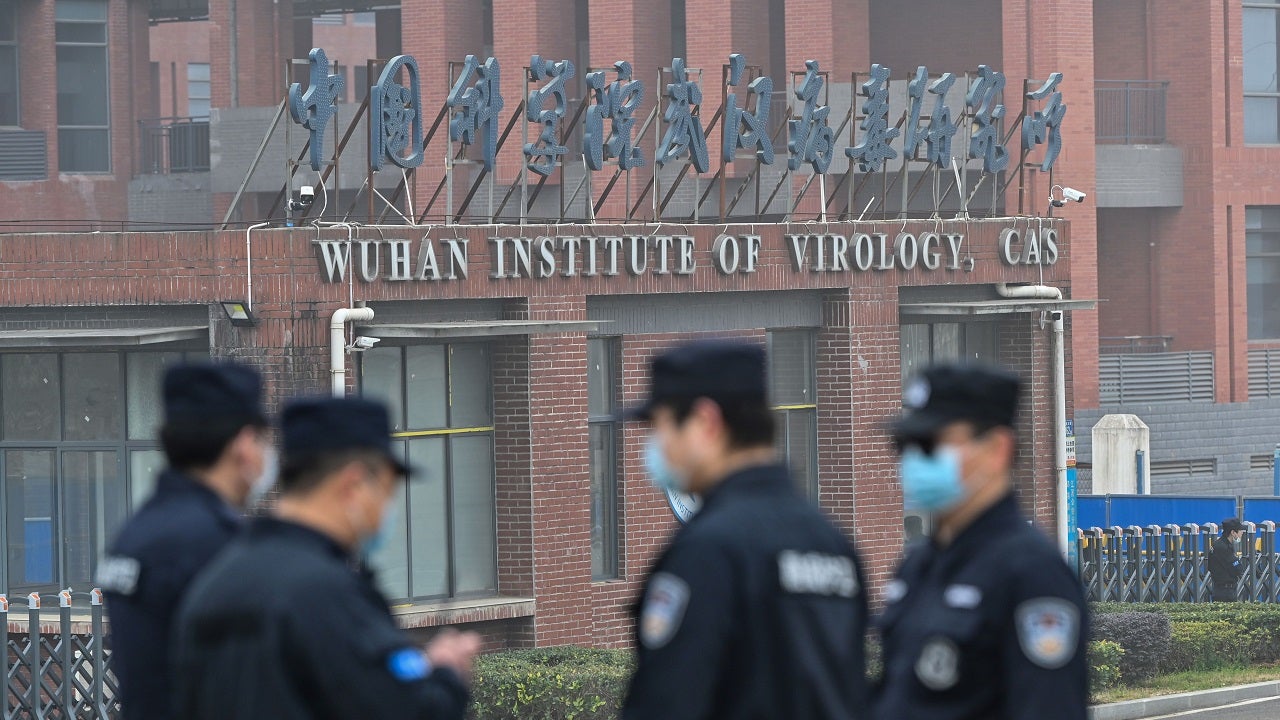Heavy seasonal rains have set off flash floods across Afghanistan, killing at least 50 people in one province, leaving 100 more missing and displacing thousands of others on Friday, officials said.
The flood’s toll in the northern province of Baghlan, which appeared to have suffered the worst devastation on Friday, was likely to rise, said Hedayatullah Hamdard, the director of the provincial disaster management department. Most of the dead there were women and children, he said.
Flooding on Friday also killed at least one person in Badakhshan, a mountainous eastern province, where it destroyed homes, small dams and bridges and killed 2,000 livestock, the provincial diaster management department said.
Floods also occurred in the provinces of Ghor and Herat, in central and western Afghanistan, according to the Taliban government. Doctors were also being deployed in Parwan Province, north of Kabul, said Hekmatullah Shamim, the spokesman for the province’s governor, though details of the flood’s toll there were not immediately available.
Rescue teams were sending food, aid, medical teams and ambulances to the affected areas of Baghlan Province, said Sharafat Zaman, a spokesman for the Health Ministry.
Images published by the government on Saturday showed roads in Baghlan submerged in muddy water, with people trying to move vehicles that had been stuck in the sludge.
In recent years, Afghanistan has been experiencing a dire economic crisis, faced a spate of natural disasters, and dealt with the turmoil of war and clashes with its neighbor, Pakistan.
The wet conditions this year have been brought in part by the El Niño phenomenon, raising the risk of floods, which hinder crop production and the flow of food supplies, particularly in the country’s north and northeast, the International Rescue Committee said in a statement last week.
Flash floods from heavy rains inundated much of Afghanistan last month, killing more than 100 people, destroying more than 1,000 homes and ruining more than 60,000 acres of farmland, the group said.
The damage to roads, bridges and the power infrastructure could hinder the delivery of humanitarian aid there, it said. Floods are also economically devastating in a country where at least 80 percent of the population derives their income from agriculture, according to the United Nations.
“Any additional flooding will have a detrimental impact on large swaths of the population,” the International Rescue Committee said, “which are already reeling from an economic collapse, high levels of malnutrition and conflict.”





